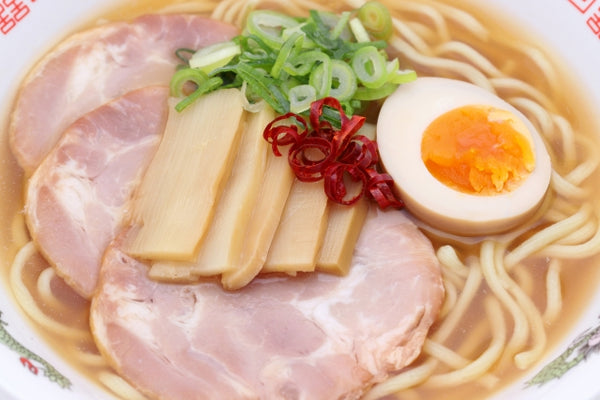
Cherry blossoms aren’t the only plant associated with springtime in Japan. Around the same time that sakura trees begin sprouting their pink flowers, young bamboo shoots begin sprouting from the ground. Bamboo shoot, known as takenoko (literally “bamboo’s child”), is a central ingredient in many Japanese springtime dishes. Its earthy flavor goes hand-in-hand with the season's pink blossoms to make people optimistic for the brighter times ahead.

Harvesting bamboo shoots is a race against time. They must be pre-cooked before being used in other dishes, and this cooking needs to take place very soon after the shoots are unearthed or else their flavor turns bitter and unappetizing. The shoots are typically boiled for a few hours in an alkaline solution such as rice water in order to neutralize their bitterness.

Bamboo is a low-calorie and high-potassium ingredient that can be used in many contexts. During the spring months, takenoko is typically used in simple, hearty dishes such as bamboo rice and yaki takenoko, which is cooked over a barbecue. These dishes became popular during the Edo period and are nostalgic seasonal highlights for many in Japan.

If you’re a fan of ramen, you’ve probably tried bamboo shoots in their processed form known as menma. Menma is a very common topping for ramen and other broths in Japan. It is produced by lightly fermenting sliced bamboo shoots in a soy sauce-based broth. This gives the bamboo a softer, though slightly spicy flavor, which is designed to avoid interfering with the broth of the ramen. Menma can also be enjoyed on its own as a deliciously salty snack or side dish.
About the author:
 Diarmuid O'Connor
Diarmuid O'Connor






Leave a comment (all fields required)